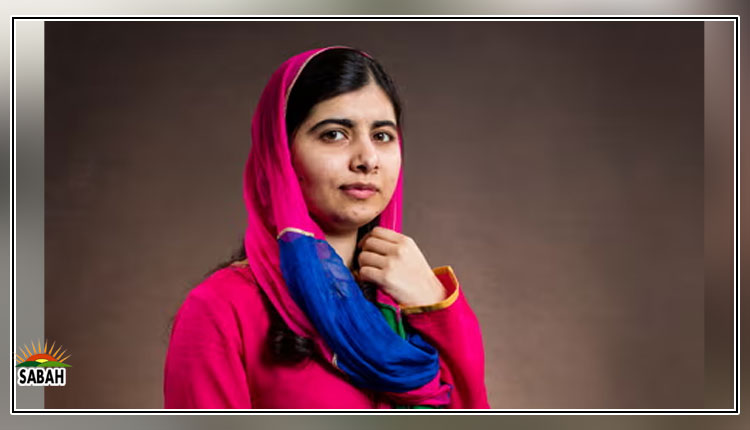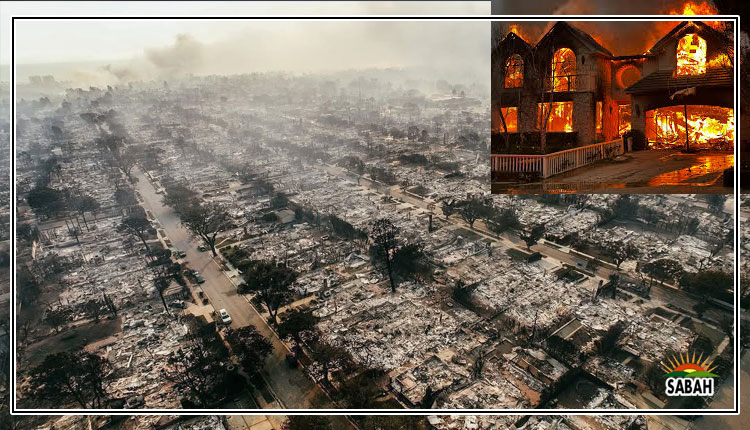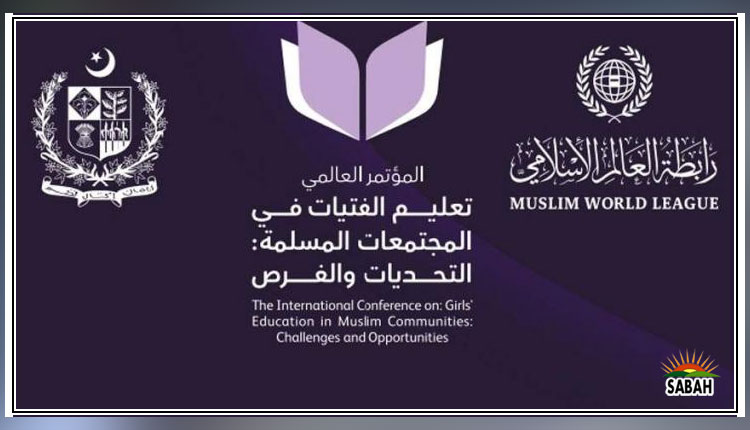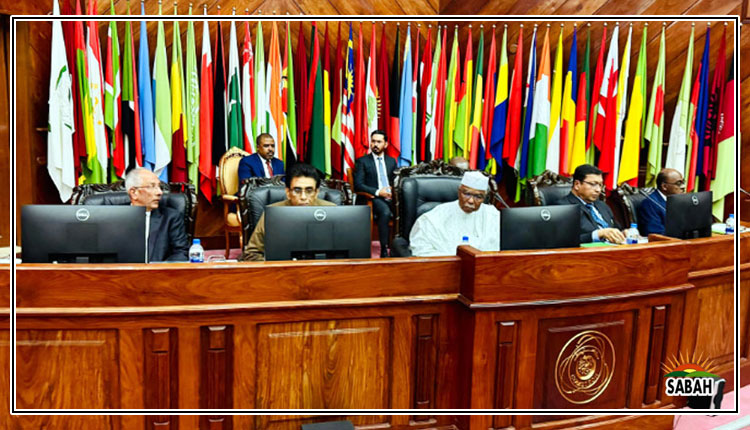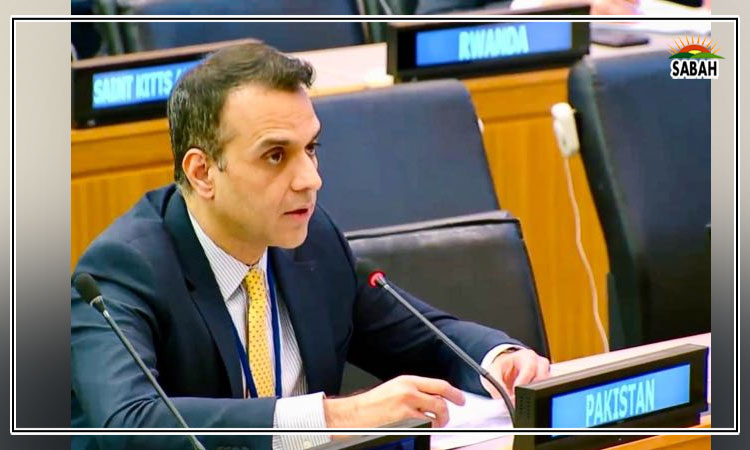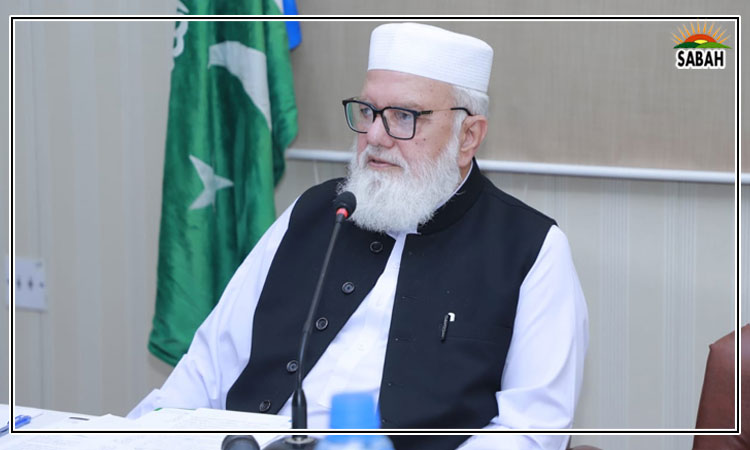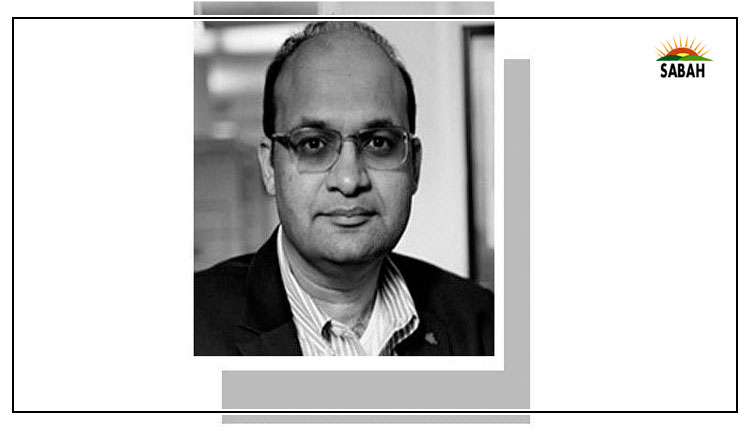Need for partnerships by Faisal Bari
IN the last couple of articles in this paper I have talked a fair bit about how state and society are failing badly in providing the necessary resources, infrastructure, and support to children with disabilities and their families. In addition, I have also talked about how societal attitudes towards children with disabilities and their families add to the difficulties these families face in getting the necessary opportunities for children in general but especially in education. These opportunities are the right of children with disabilities, as they are the right of any child, but they are not provided.
In the provision gap a chasm, really that is present, there are some not-for-profit providers that have stepped in to provide some level of service. I want to talk of not only the service and its quality that they are providing but also of some opportunities for leveraging their work that might allow us to scale up provision.
Our research work is still largely Lahore-based and has not yet covered all the challenges that children face, but we have come across some amazing organisations working in the sector. I will name the few we have seen so far: Aziz Jahan Trust School for the Blind, Rising Sun School for Special Children, Deaf Reach, Inayat Foundation, Hamza Foundation and Karachi Down Syndrome Programme. This article is not about these organisations. It is about some of the commonalities that I saw across them and how they can be utilised to create larger interventions.
All of the above are not-for-profit organisations. All of them work through donations raised from society, whether from one individual or many, and provide services to children at very subsidised rates or free of cost. Even when they work to their limit, the totality of their programming cannot reach all children who need the required service and support. But there are a few things to note.
The dedication of the founder/directors of these programmes and of the staff that works there impresses you as soon as you enter their premises and meet them. This dedication translates into significant commitment too. Though the staff complain of shortage of resources, here too the complaints are not as vociferous as one hears from their counterparts in government institutions, nor do these complaints become issues of disenfranchisement, nor lead to disappointment and dejection and lowering of morale. To the contrary, the narrative is more about trying to find ways of managing even within the given resources and how this might lead to ingenuity.
The quality of services provided by these not-for-profit organisations is much higher than what we have so far seen in government institutions. This is the case in typical (mainstream) schools and educational institutions too. There has been a narrative about how private schools provide higher-quality education than public schools. And this is not just true of elite schools, even middle-fee private schools do better than most public schools and, on average, even low-fee private schools are considered, by most parents, to be providing better education than public schools. This is true of many not-for-profit providers of education in mainstream education as well: CARE Foundation and The Citizens Foundation are examples. The same is true in the area of provision of educational and other services for children with disabilities. Their provision is of a much higher standard than what is available across most public sector institutions.
It is also the case that some of these institutions have developed expertise in the provision of services in particular areas that is beyond what counterpart institutions in the public sector have been able to develop. This is tied to the quality of provision argument given here. Whether it is because these institutions are more focused, involve people who are committed to work in particular areas (parents of children facing a particular challenge), dedicated to fewer areas, better resourced or because of some other reason, their expertise is a lot more visible in their practice and provision of services to children.
One difference from the mainstream education sector, where services for children with disabilities are concerned, is that there are no for-profit providers in this market. Mainstream education has a lot of them: 40 per cent or so of enrolled children in Pakistan go to private schools and most of these schools are for-profit providers. There is no equivalent of this where educational services for children with disabilities are concerned. This might just be because of the smaller number of children and due to the geographical spread of children.
There are tremendous opportunities for collaboration and expansion available here. Can the state leverage the dedication, commitment, drive, expertise and provision of quality service of the above-mentioned and similar organisations to expand the provision of services to children with disabilities and their families? If the state is willing to a) provide some resources to these organisations (grants), and b) create innovative partnerships between state institutions (mainstream schools as well as specialised institutions) and these organisations, we could see the expansion of quality services for children who desperately need them.
The state keeps arguing that it does not have enough resources to provide quality education to all children. The argument for the paucity of resources is even more stark for children with disabilities. We know from the data we have that though approximately 15pc of our children face challenges, state institutions outreach is limited to a very small fraction of these. There are providers who are giving good quality services to children with disabilities. Should the state not try to leverage their expertise to extend services to children and families whom the state cannot reach? Given the paucity of resources, this might be the best way of extending services to more children with disabilities.
courtsey Dawn





